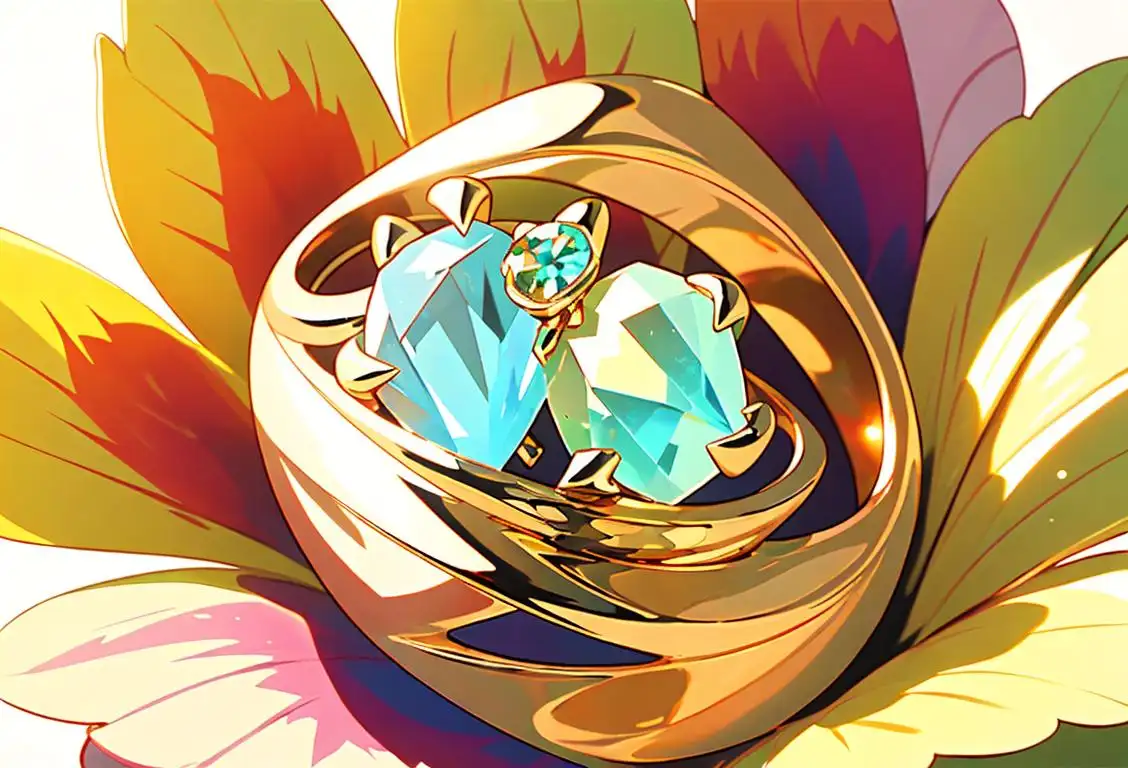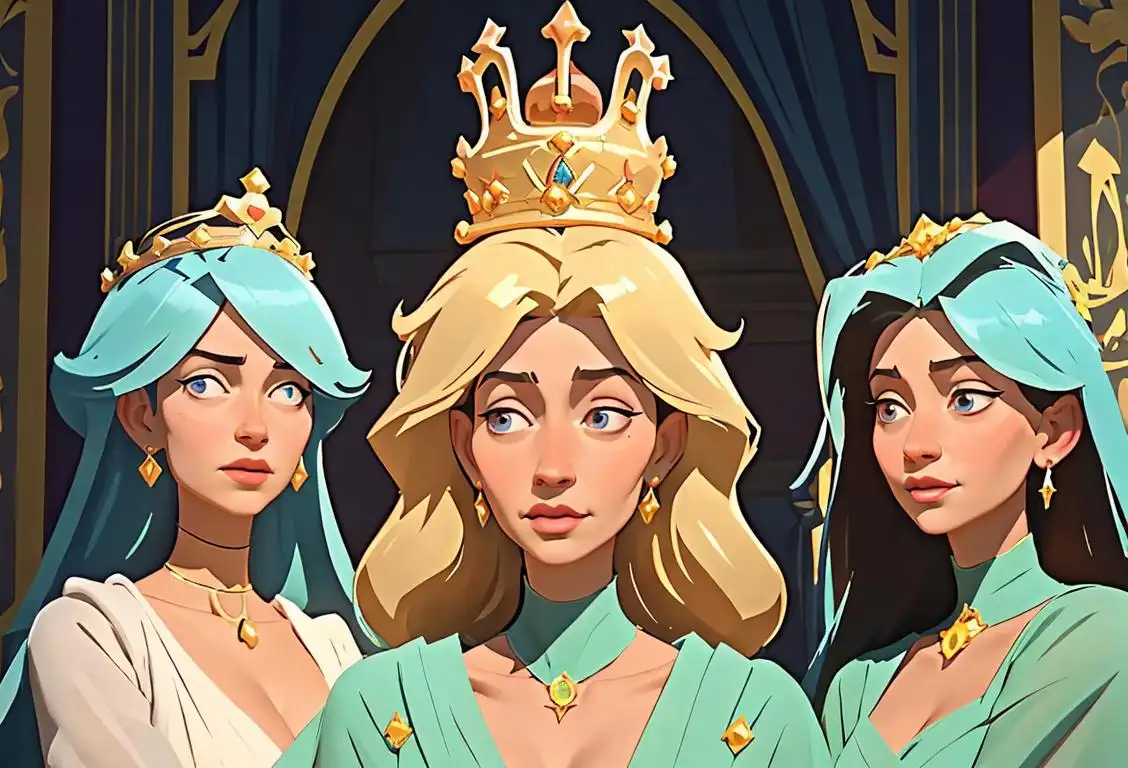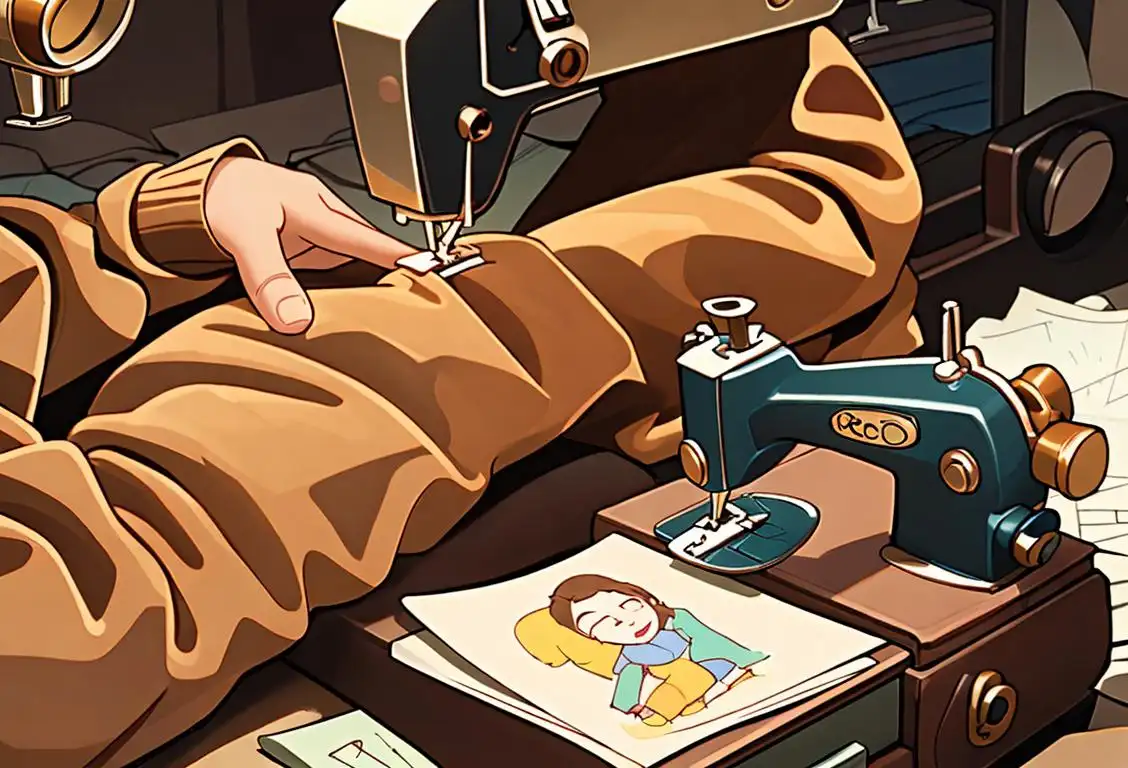National Jewel Day

Welcome to the shiny world of National Jewel Day! Get ready to dazzle and sparkle on this special day dedicated to all things gemstone-related. Whether you're a lover of diamonds, rubies, sapphires, or perhaps even more exotic stones like emeralds or opals, National Jewel Day is your chance to celebrate the beauty and splendor of the world's most precious treasures.
When is Jewel Day?
It's national jewel day on the 13th March.
On National Jewel Day, we embrace the allure and wonder of jewelry in all its forms. From ancient civilizations that adorned themselves with gold and gemstones to modern day fashion trends that have us coveting the latest celebrity engagement ring, jewelry has always held a special place in human culture.
A Sparkly History
The history of jewelry dates back thousands of years. Archaeologists have unearthed beautiful pieces of adornment from ancient civilizations like Egypt, Greece, and Rome. From simple necklaces and bracelets to intricate crowns and brooches, these artifacts reveal the significant role jewelry played in the lives of our ancestors. It was a symbol of status, wealth, and even religious or spiritual beliefs. In more recent history, the Renaissance period brought a revival of interest in jewelry. Intricate designs featuring gemstones, pearls, and intricate metalwork became highly coveted. Fast forward to the 21st century, and we find ourselves with a wealth of exquisite jewelry options, from delicate and understated pieces to bold and statement-making designs.A Gemstone for Every Personality
With so many gemstones to choose from, there's a perfect stone out there for everyone's taste and personality. Let's take a look at a few popular gemstones and their meanings: - Diamonds: Known as the ultimate symbol of love and eternity, diamonds are a classic choice for engagement rings and special occasions. They also happen to be the hardest substance on Earth, so they can handle whatever daily adventures you throw their way! - Rubies: These vibrant red gemstones represent passion, love, and courage. A ruby is a stunning choice for those who want to make a bold statement. - Sapphires: Traditionally associated with loyalty and wisdom, sapphires come in various colors, although the most famous is the mesmerizing deep blue. Kate Middleton's sapphire engagement ring certainly played a significant role in popularizing this timeless gemstone. - Emeralds: With their lush green hue, emeralds symbolize rebirth and growth. Cleopatra famously adored emeralds, and who are we to argue with the Queen of the Nile?Celebrate in Style
On National Jewel Day, it's the perfect opportunity to treat yourself or a loved one to a special piece of jewelry. Visit your favorite local jeweler, explore online boutiques, or even dust off that hidden gem you received as a gift but haven't worn in ages. Whether it's a sparkling necklace, a dazzling pair of earrings, or a sentimental charm bracelet, find something that speaks to you and makes you shine from within. Don't forget to share your favorite pieces and jewelry stories on social media using the hashtag #NationalJewelDay. Let's spread the sparkle and make this day one to remember!Did You Know?
The Hope Diamond, one of the world's most famous gemstones, is believed to be cursed. Legend has it that anyone who possesses the diamond will suffer from misfortune and tragedy. While many dismiss the curse as mere superstition, it's still fun to imagine the dramatic tales behind this dazzling blue gem.History behind the term 'Jewel'
1325
Etymology of the Word Jewel
The word 'jewel' can be traced back to Middle English, where it was derived from the Old French word 'jouel', meaning playful thing or fancy ornament. The term was used to describe precious gemstones, particularly those used in luxurious adornments and accessories.
1500 BCE
Ancient Origins of Jewels
The use of precious stones and metals for decorative and symbolic purposes dates back to ancient civilizations. In ancient Egypt, Mesopotamia, and India, precious stones like diamonds, emeralds, rubies, and sapphires were highly sought after and considered to possess mystical and sacred properties. These gemstones were often used in regal and religious contexts, adorning statues, and representing power and spirituality.
300 BCE
The Birth of Gemology
During the Hellenistic period, the study of gemstones and their properties began. The Greek scholar Theophrastus wrote a seminal book called 'On Stones', which laid the foundation for the field of gemology. This work described various gemstones and their distinguishing characteristics, including their colors, hardness, and optical properties.
14th Century
Jewels in Royal Regalia
The fascination with jewels reached its peak during the medieval period. Royalty across Europe adorned themselves with lavish jewelry as a symbol of wealth, prestige, and power. Gem-encrusted crowns, scepters, and jewelry became an integral part of royal regalia, allowing rulers to assert their authority and showcase their opulence.
19th Century
Industrial Revolution and Mass Production
The advent of the Industrial Revolution in the 19th century revolutionized the production of jewelry. With advancements in manufacturing techniques, jewelry making shifted from being solely handcrafted to mass-produced. This allowed jewelry to become more affordable and accessible to a broader range of people, no longer being exclusively reserved for the elite and wealthy.
20th Century
Jewelry as Personal Expression
In the 20th century, jewelry began to be seen as a form of personal expression rather than solely a symbol of wealth or status. Artistic movements like Art Nouveau and Art Deco influenced jewelry designs, encouraging unique and innovative styles. Jewelry became a means for individuals to showcase their personality, commemorate significant events, or convey their social and cultural identities.
Present Day
Evolution of Jewelry Trends
Today, the world of jewelry continues to evolve with ever-changing fashion trends and designs. From minimalist sleek designs to bold statement pieces, jewelry remains an integral part of self-expression and accessorizing. The use of sustainable materials, innovative technology in jewelry production, and the rise of independent jewelry designers have added new dimensions to the field of jewelry.
Did you know?
The Hope Diamond, one of the world's most famous gemstones, is believed to be cursed. Legend has it that anyone who possesses the diamond will suffer from misfortune and tragedy.Tagged
fun loved ones fashionFirst identified
13th March 2015Most mentioned on
13th March 2017Total mentions
955Other days
Stripes Day
Towel Day
Cardigan Day
Crown Day
Felt Hat Day
Watch Day
Jewel Day
Wear Your Lilly Day
Stockings Day
Corduroy Appreciation Day








